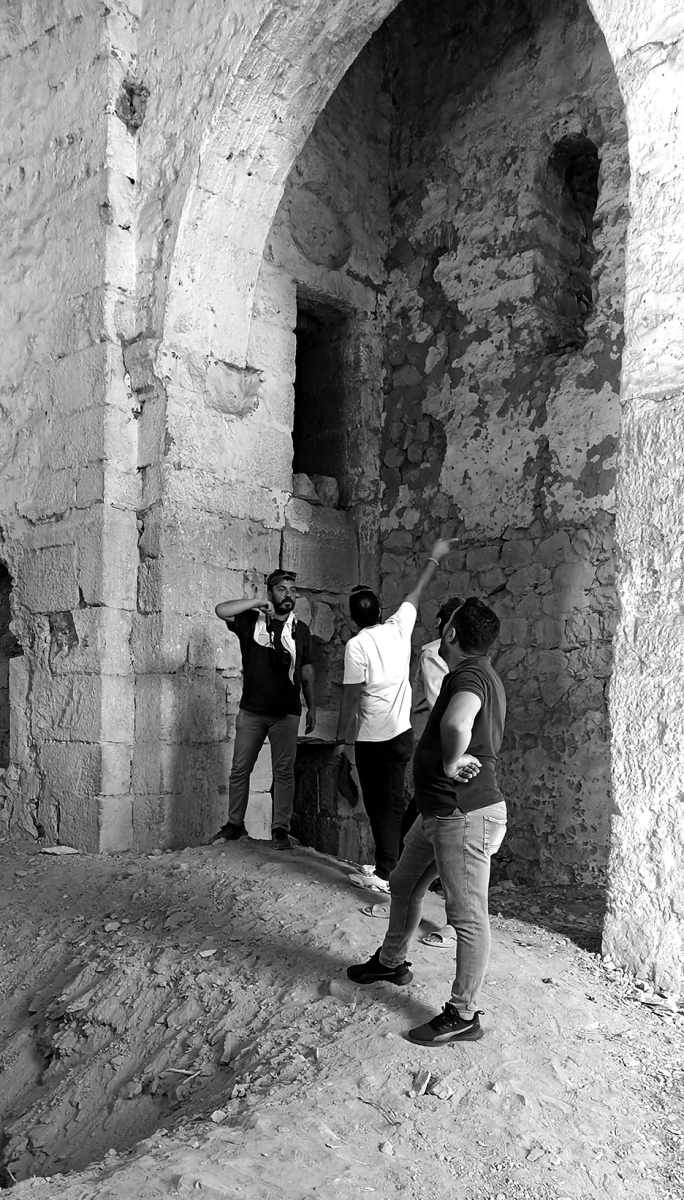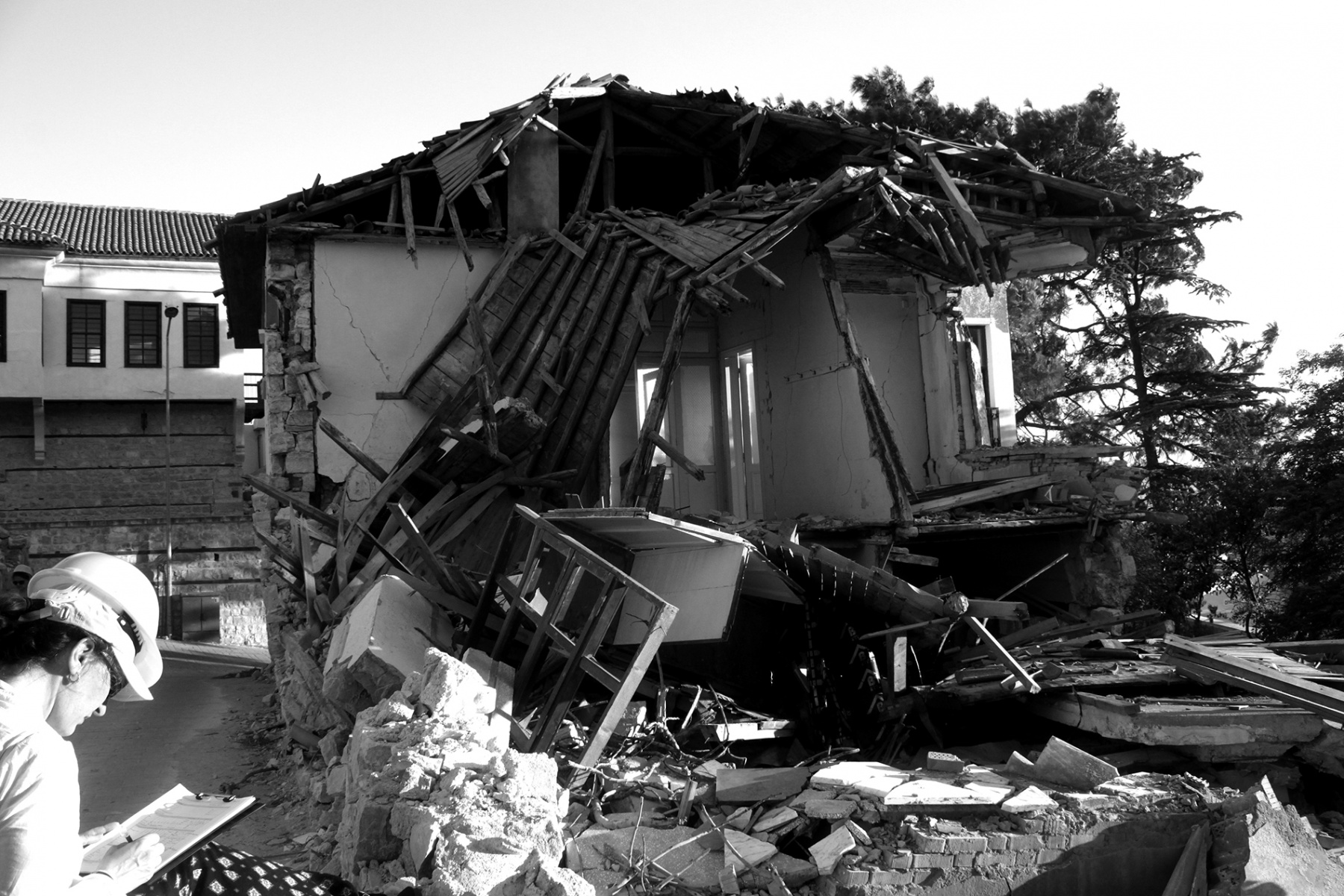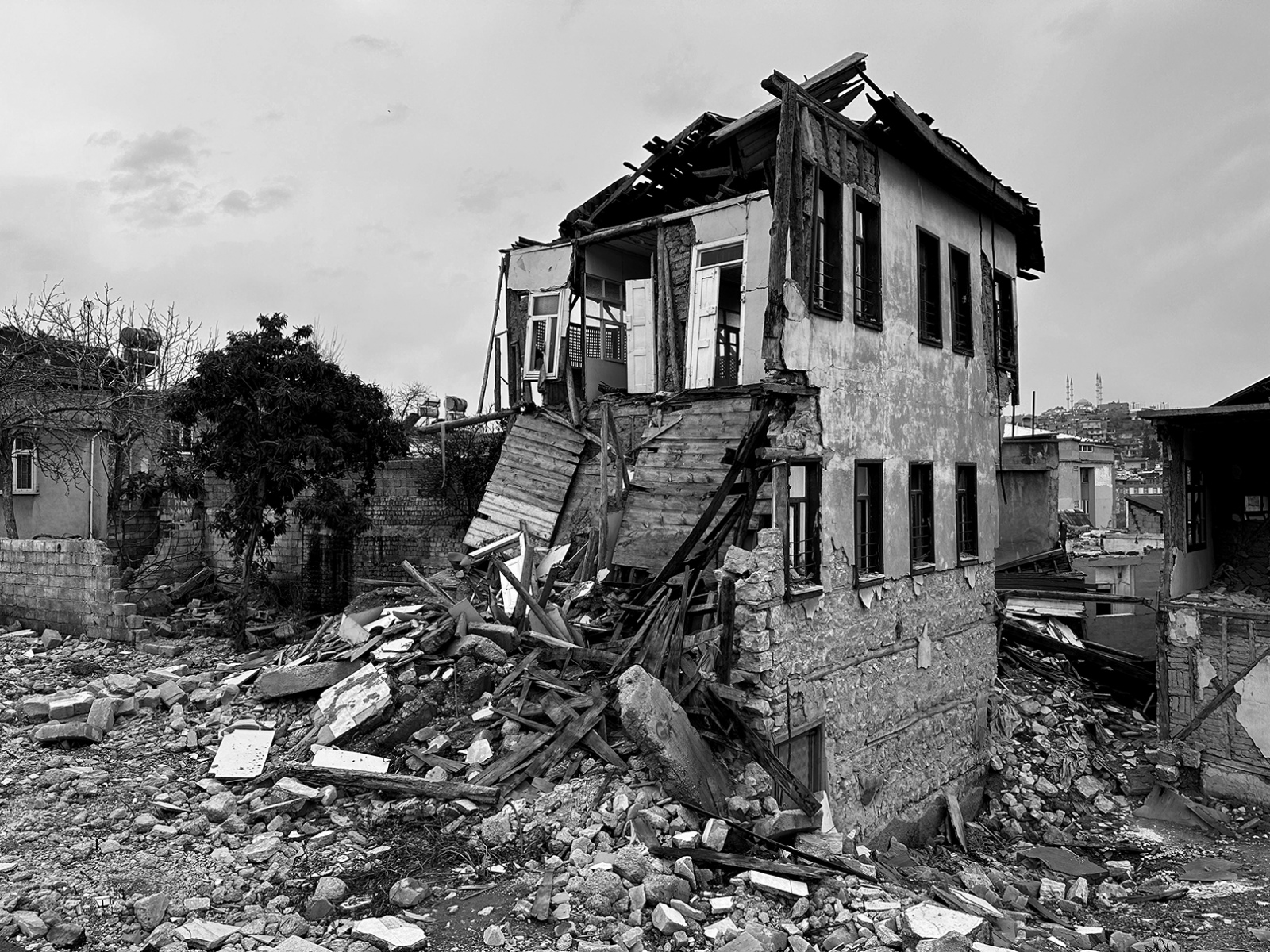Location:
Adana, Kahramanmaraş, Adıyaman
Date:
April 2023-November 2023
Sectors:
Conservation & Preservation
Hosts:
HERITΛGE
Partners:
KMKD
Partnerships:
Aliph Foundation
Short Description
Documenting historic sites affected by the February 2023 Türkiye-Syria earthquakes, creating protection recommendation reports, and advocating for improved cultural heritage recovery in the Adana, Kahramanmaraş, and Adıyaman provinces.
Main Objective
The project aimed to contribute to the effective protection of heritage sites and to increase the long-term resilience and sustainability of cultural heritage for future generations through a scientific post-earthquake damage assessment.
The main objectives of the project were as follows.
- Photo documentation and assessment of historic sites after the earthquake.
- Identification of vulnerable structures and areas within heritage sites.
- Determine the structural integrity and soundness of damaged buildings and monuments.
- Develop a prioritization for the restoration of heritage assets according to the severity of damage and historical significance.
- Provide recommendations for immediate stabilization and long-term conservation measures.
You can view the reports in both English and Turkish below.
Outcomes
- The collapse or suffering severe damage of the buildings which were restored recently before the earthquakes, highlighted significant issues with the restoration processes, especially in Kahramanmaraş province. Sharing this information and identifying structural problems with the responsible authorities is crucial to prompt better restoration practices in the future.
- The Turkish Ministry of Culture and Tourism provides funding for civil architecture, such as residential buildings, to repair those affected by the damage. Given that the project has assessed mostly historic houses, being included in the project reports will likely ease the process of securing funding.
- The photo documentation, database, 3D scans, and damage assessment reports serve as historical records for the future, especially for researchers and preservation professionals. They become educational resources for academic research, historical studies, and architectural analyses, offering valuable insights into the heritage’s cultural significance and construction techniques.
- Engaging with local residents in the historic neighborhoods during our site visits heightened public awareness and a sense of ownership about the significance of the cultural heritage environment they inhabit.
- The assessment reports have been prepared at district and/or neighborhood scale, in addition to single structures. They not only include the building typologies, additions, and interventions before the earthquake, and damage types but also short and medium-term measures and policy suggestions to protect the rural and urban fabric aiming to mitigate damage from further deterioration and seismic events.
- The international workshop enabled knowledge sharing and potential collaboration among ministry officials, local administrators, academics, and national/international NGOs.
Partners

Partnerships








